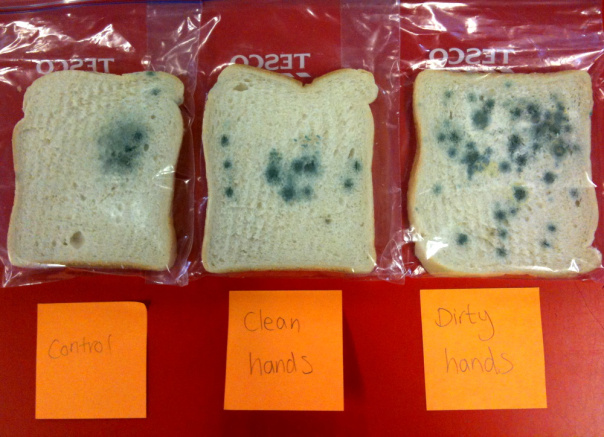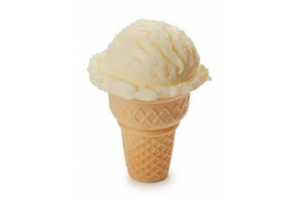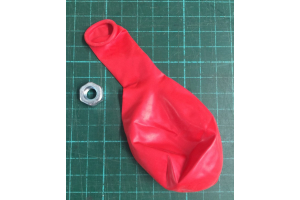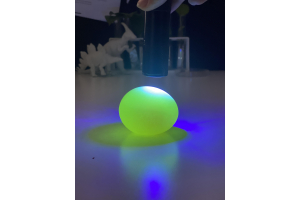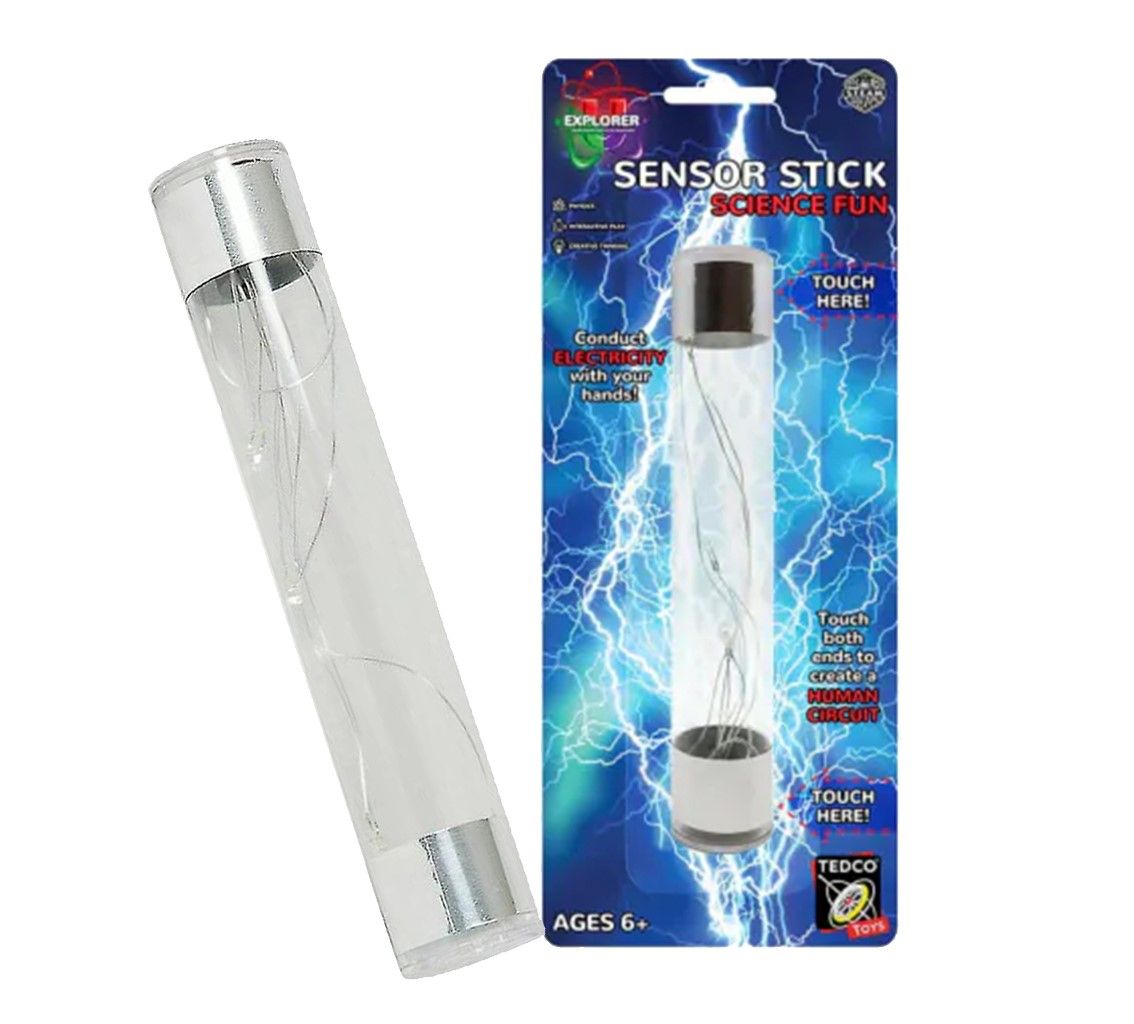Monthly Archives: February 2018
-
Posted: February 24, 2018Categories: BiologyRead more »
The Mouldy Bread Experiment
Learning Objectives:
- Students will develop and/or refine their skills in designing and conducting experiments.
- Students will understand the factors that promote and prevent the growth of mold on bread.
Equipment required (per student or pair of students):
- 2 slices of bread each cut into halves.
- 4 small ziplock bags
- 4 sticky labels and pen
- Access to water, a fridge and perhaps a toaster (optional)
Some moldy bread in a sealed bag for demonstration purposes.
Procedure:
Show the mouldy bread to the students to prompt a discussion. (You could give it a little backstory, e.g. ‘I
-
Posted: February 18, 2018Categories: SpaceRead more »
Create a human sized scale model of the solar system with your students.

Learning Objectives:
- For students to develop an understanding of the positions of the planets in the solar system, both relative to each other, and also their position and distance from the sun.
- For students to gain a practical meaning of the words ‘rotation’ and ‘revolution’ and how those words apply in the context of the movement of planets.
You Need:
-
A large open space, such as a park or football field
-
A long measuring tape (such as one used to mark out a sporting field).
-
Possibly also
-
Posted: February 18, 2018Categories: ChemistryRead more »
If you thought vinegar and bicarb were only good for making messy, oozy volcanoes, think again! Turn an empty cream container into an exciting, explosive rocket with this classic acid/base reaction.
Suitable for ages 13 +, best used as a demonstration because of the speed and danger of the projectile
You Need:
- ¼ cup of vinegar
- 600ml empty, clean cream container
- 1 tablespoon of bicarb powder
What to do:
- Add approximately ¼ cup of vinegar (acid) to a 600ml empty, clean cream container.
- Then, add one heaped tablespoon of bicarb (base).
- Quickly push the cream lid on, and point the container away

